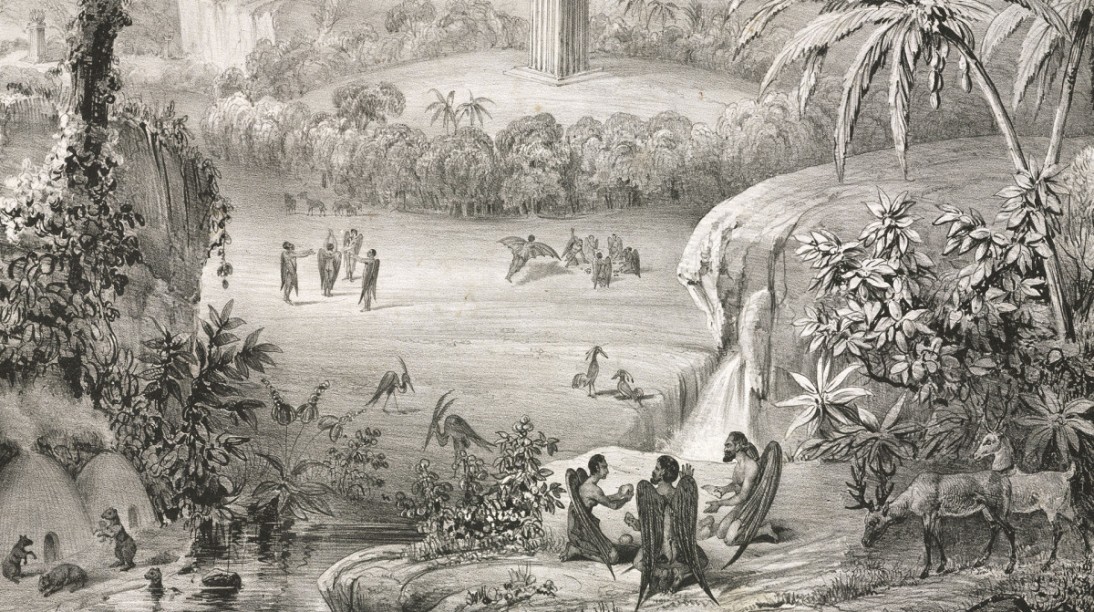A history of clickbait part 1

Unicorns, flying bat men and yellow journalism
Everyone hates clickbait. From the ridiculously exaggerated, formulaic headlines to the pointless, poorly written text spread across multiple ad-ridden pages, clickbait is seemingly designed to ensnare hapless internet users and leave them frustrated and disappointed.
But how did we get here? If clickbait is so hated, why is it so pervasive?
Although early newspapers often lacked headlines, the cornerstones of modern clickbait, their revenue model was not dissimilar to that of online publications today: advertisements covered publishing and distribution costs from the outset.
This economic model came to shape both the presentation and nature of the stories told.
By the time newspapers really started to take off in the 19th century, almost all the mainstays of clickbait had become commonplace, from “paid puffery” (aka paid content in today’s parlance) to “garbled stories” and “boasting lies”, not to mention “criminal news” and “scandal”.
At the time, critics called these lowly forms “yellow journalism”, a term derived from the popular cartoon character Yellow Kid who featured at the centre of the New York Journal and the New York World’s battle for readership.
These same papers were also arguably responsible for inciting the Spanish-American war of 1898 when their sensationalist headlines about the apparently accidental sinking of an American ship caused tensions between the two countries to boil over.
Yet another 19th century New York-based paper pioneered the symbiotic relationship between clickbait and fake news. In 1835, The New York Sun achieved record sales thanks to a series of articles in which they claimed that a well-known astronomer had discovered life on the moon, including unicorns and flying bat men (see above).
Suddenly our 21st century concerns about the sorry state of journalism don’t seem quite so unprecedented. Perhaps unsurprisingly, it turns out that the profit motive has been shaping media since its inception.
But this assessment raises new questions: what has changed in the intervening years? And what does it all mean? Read part two to find out the answers!





